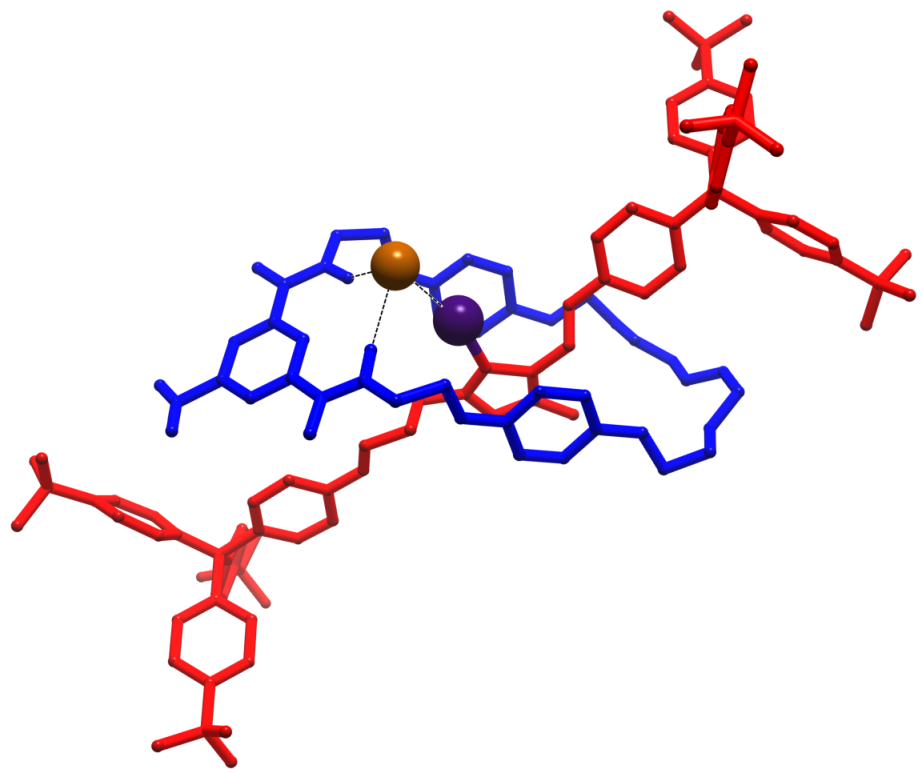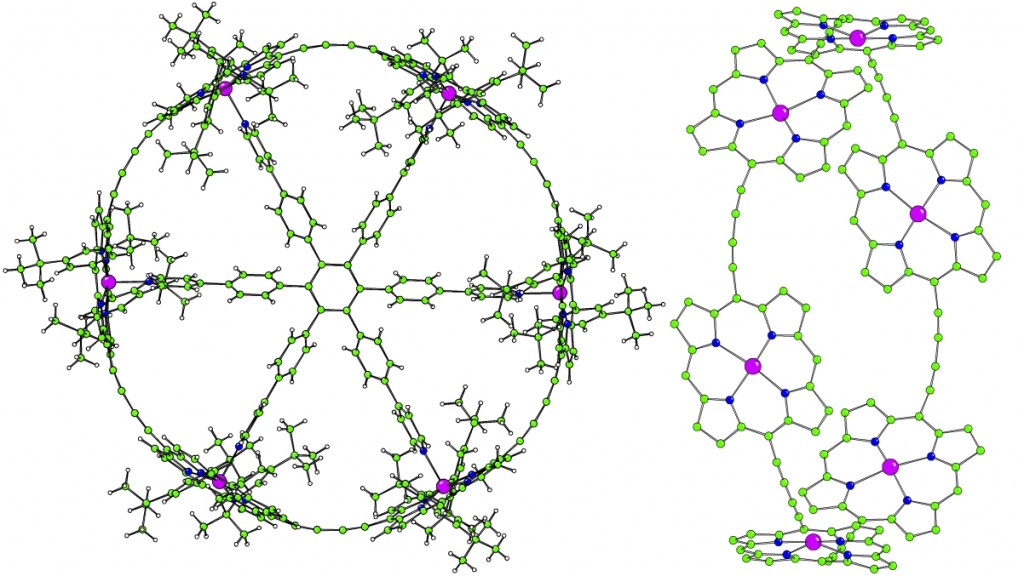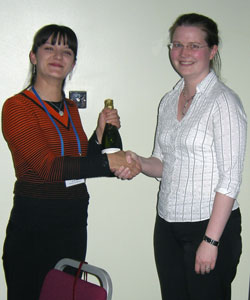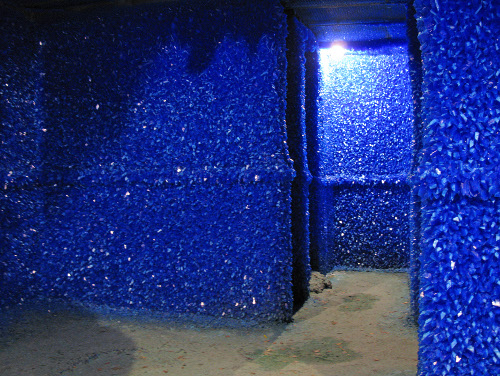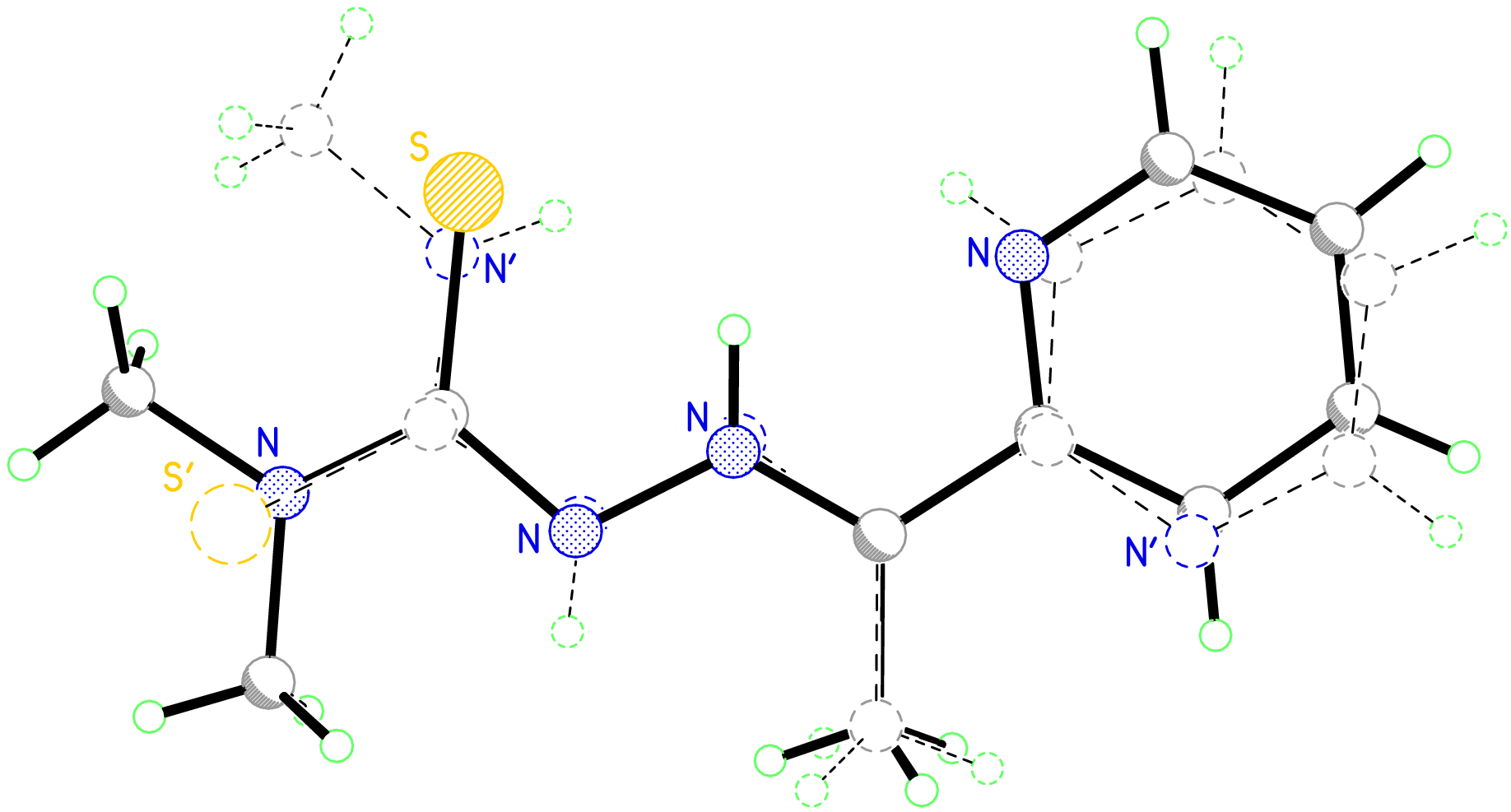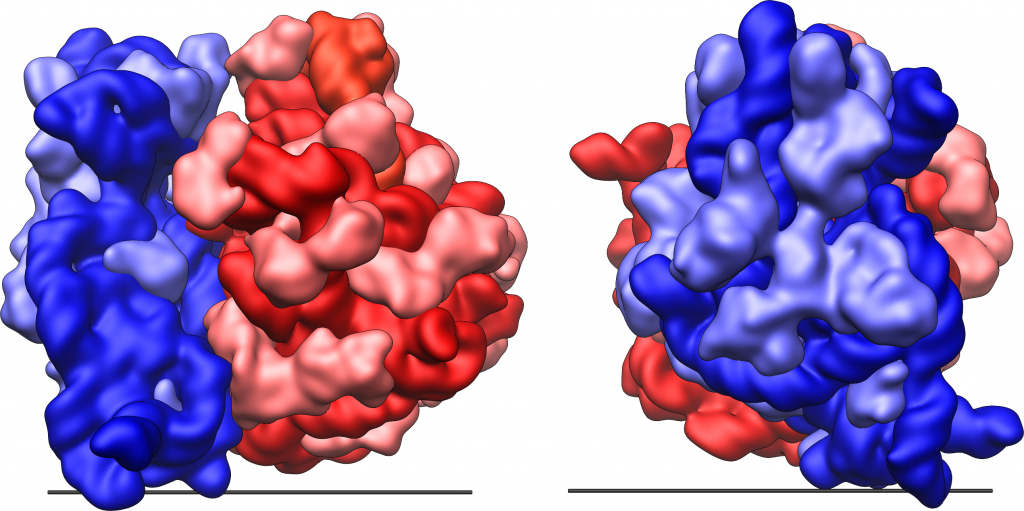There is some really cool chemistry done in Oxford and some even cooler structures. In order to encourage everyone to take an interest in what other people are doing with our instruments, we have instigated a “Structure of the Month”. The idea is that users submit a single-crystal structure that they have done (either here or at Diamond/ISIS). This is done by filling in a form including a short explanation of why it is cool and we will choose the best submission and stick it up in the lab in an obvious place.
The rules are as follows:
In order to keep it current, the structure must have been collected in the previous two months, i.e. the structure for October must have been collected in August or September (or where the work is particularly sensitive, “accepted for publication” in the previous month).
- The competition is only open to affiliates of Oxford Chemistry
- We must receive it by email before the end of the previous month, i.e. submissions for October must be received by the end of September.
- You must include a colour picture.
- The description must be 100 words or less (we are very strict about this).
- It must be cool to you, but it can be cool for any reason (see below).
- The Judges’ decision is final.
You should include a covering comment explaining why it is cool to you. We will accept most reasons, but examples include:
- “It’s taken me three years to make it, 200 attempts to crystallise it and 10 days of data collection time, but we got it in the end.”
- “We crystallised Vac Grease!”
- “It has an R1 < 1%” (or even “it has an R1 > 35%”).
- “How on earth did we make that???”
- “We got an invitation to Stockholm to collect an award because of it…”
- “I’ve collected 300 datasets and done structures for everyone else in my group, but this was the first one for me.”
- “It is the first/longest/largest/… example of…”
- “It’s just a cool molecule”.
If we have no submissions for one month, we will look back over submissions for the previous month and earlier until we find something suitable.
The decision will be based on “coolness”, but we will endeavour to ensure that there is plenty of variety too. The Judges’ decision is final. In time, there will be a small trophy that the winner can look after for a month while they are the holder. For confidentiality reasons, the winning entry will be displayed at the entrance to Chem. Cryst. and will only be reported on the website once it has been published.
Please stick to the template and keep it to a single full page as in the example. Email submissions to Dr. Amber L. Thompson by the end of the month; late submissions will be entered for the following month.
